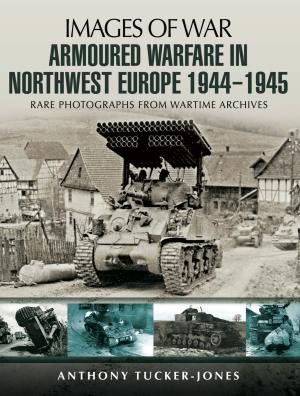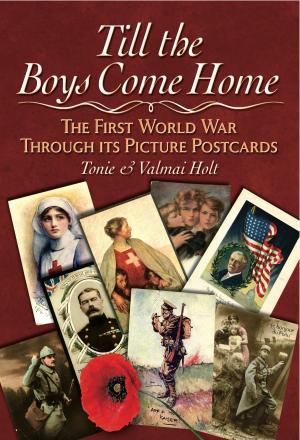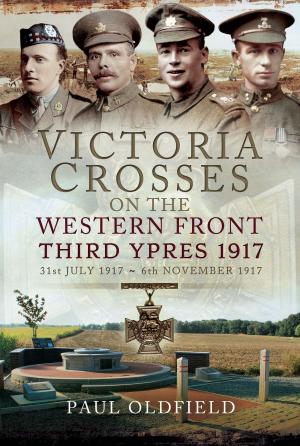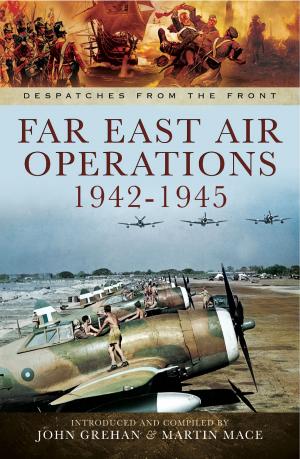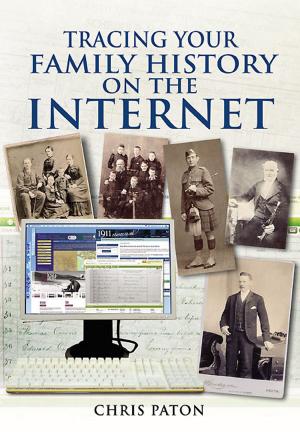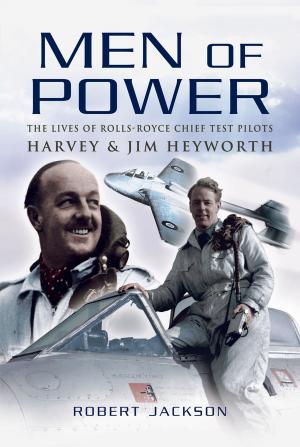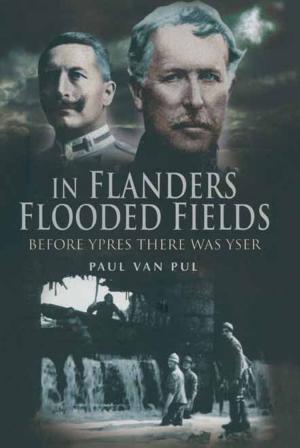Railway Guns
British and German Guns at War
Nonfiction, History, Military, Weapons, Home & Garden, Antiques & Collectibles, World War I| Author: | John Goodwin | ISBN: | 9781473854123 |
| Publisher: | Pen and Sword | Publication: | August 30, 2016 |
| Imprint: | Pen and Sword Transport | Language: | English |
| Author: | John Goodwin |
| ISBN: | 9781473854123 |
| Publisher: | Pen and Sword |
| Publication: | August 30, 2016 |
| Imprint: | Pen and Sword Transport |
| Language: | English |
In the nineteenth century the War Office showed little interest in developing large heavy artillery for its land forces, preferring instead to equip its warships with the biggest guns. Private initiatives to mount a gun on a railway truck pulled by a steam engine were demonstrated before military chiefs in the Southern Counties, but not taken up. However, the development of longer-range guns, weighing up to 250 tons, to smash through the massive armies and trench systems on the Western Front in 1916, led to a rethink. The only way to move these monsters about quickly in countryside thick with mud was to mount them on specially built railway trucks towed by locomotives. The railway guns were to be put on little-used country lines where they could fire on beaches, road junctions and harbors. The locations and cooperation given by the independent railway companies is explained, as are the difficulties of using the same lines for war and civilian traffic. The First World War also saw the emergence of large training camps for railway men. When the war ended most railway guns were dismantled and lost in ordnance depots. The Army Council was uncertain about artillery needs in a future war, so training, and development stopped. This book largely concentrates on the realities of the time, the type of gun, the locomotives, artillery targets, locations, and what it was like when firing took place. It is fully illustrated with pictures, maps and plans covering different aspects of railway guns their locomotives and equipment.
In the nineteenth century the War Office showed little interest in developing large heavy artillery for its land forces, preferring instead to equip its warships with the biggest guns. Private initiatives to mount a gun on a railway truck pulled by a steam engine were demonstrated before military chiefs in the Southern Counties, but not taken up. However, the development of longer-range guns, weighing up to 250 tons, to smash through the massive armies and trench systems on the Western Front in 1916, led to a rethink. The only way to move these monsters about quickly in countryside thick with mud was to mount them on specially built railway trucks towed by locomotives. The railway guns were to be put on little-used country lines where they could fire on beaches, road junctions and harbors. The locations and cooperation given by the independent railway companies is explained, as are the difficulties of using the same lines for war and civilian traffic. The First World War also saw the emergence of large training camps for railway men. When the war ended most railway guns were dismantled and lost in ordnance depots. The Army Council was uncertain about artillery needs in a future war, so training, and development stopped. This book largely concentrates on the realities of the time, the type of gun, the locomotives, artillery targets, locations, and what it was like when firing took place. It is fully illustrated with pictures, maps and plans covering different aspects of railway guns their locomotives and equipment.

